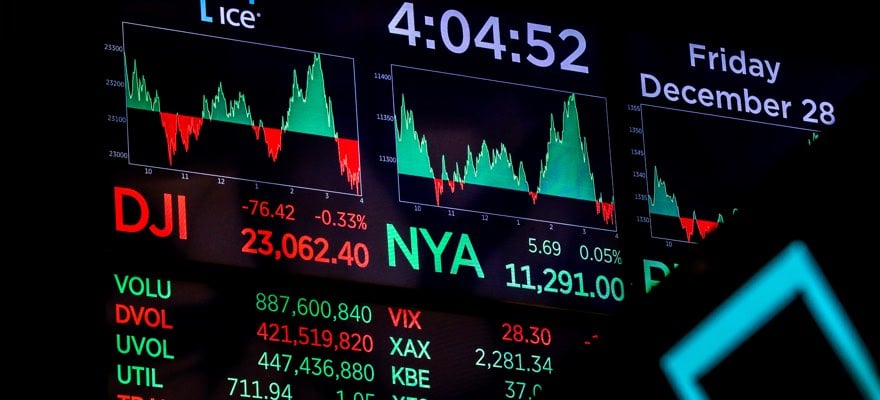Last week we took a short drive into the world of zero-commission stock trading. Elaborating on the different types of broker offers out there, we explained how this new product could lead to a new business opportunity in Europe.
While the US stock market has seen massive growth in retail investors, partially thanks to the booming popularity of Robinhood, this trend has largely skipped Europe. For the time being, the complicated market structure and the lack of enough innovative market players has left the market untapped.
This is changing as companies such as BUX and Freetrade are entering the space. To the knowledge of Finance Magnates other players are also preparing to compete for this lucrative market but these two start-up companies are taking the lead as they prepare to go live this spring.
More importantly for existing retail brokers, zero-commission stock trading also opens an opportunity for them to redeem the reputation of the industry. Over the past several years retail brokers suffered immensely due to a number of bad actors.
From questionable products such as binary options to companies that failed to realize the gravity of the negative impact of chasing retail clients for negative balances, the end-result is last year’s new ESMA regulatory framework.
As firms are adapting to a new market environment, the main issue facing the industry today is to convey a message of stability and synergy with clients. Client losses making a broker’s gains is an unpopular narrative. Robinhood managed to successfully eliminate this perception in the US. The doors are wide open for market players in Europe to do the same on the other side of the Atlantic.
Dispelling the Marketing Gimmick
While some companies are merely using the product as a marketing gimmick and claim to be offering zero-commission trading, while charging hefty spreads, others can enter the niche market and attempt to attract long-term investors.
In short, firms that are charging spreads which are multiples of the one on the market and claim to be providing zero-commission trading are much closer to misleading marketing, rather than delivering added value to their customers.
Traders can always visit the website of BATS and check the quotes that they are getting and compare those to the application they are using. But not all customers of retail financial intermediaries know to do that. The industry is once again facing an education challenge, but not only.
Changing Investing Habits
The space might be competitive, but appropriate regional focus and smart targeting could work out well. The lack of prospects for the European Central Bank to increase interest rates, opens the doors to more risk-appetite on the part of retail investors, especially from the new generation that is just starting to build up its savings.
As the CEO and founder of BUX, Nick Bortot explains in a recent op-ed, “Unlike in the US, Europe does not have a strong investment culture. Traditionally, the government took care of our pensions, whereas Americans have always shouldered the burden of building their own retirement nest egg.”
The sustainability of the European pensions system is questionable at best. Zero-rates are not helping the matter, and savers are driven to riskier assets. While regulators were quick to dismiss the recent crypto boom which wreaked havoc among many investors, the risk-appetite of these same investors has been driven by governmental policies.
So if their savings are to be reinvested into the economy, they need to feel confident that they are paying the right amounts to do just that. European regulations in recent years have changed the landscape. While MiFID and MiFID II were categorized as very heavy regulations by the industry itself, their introduction fostered more competition between different stock trading venues.
Reshaping Retail Trading
While Forex and CFDs brokers continue providing a valuable service to clients willing to make levered bets, the regulators are much more likely to adopt a more favorable stance to non-levered instruments. Issues such as negative balances are non-present when no Leverage is involved.
The unwritten rule that retail traders are always wrong will keep hanging over the industry. Regardless of the instrument and leverage, this may continue to hold true. But brokers have an opportunity to deliver a viable long-term product with zero-commission stock trading.
Since the dawn of the trading industry, intermediaries have been singled out as parties that are profiting at the cost of their clients. The technological advances of the 21st century bring an era that can genuinely change that image and put retail brokers under a new spotlight - as facilitators that deliver one efficient way to save money, designed for the broad public.






















